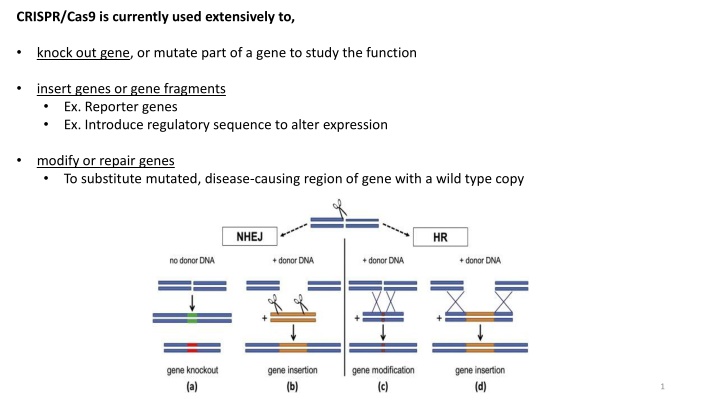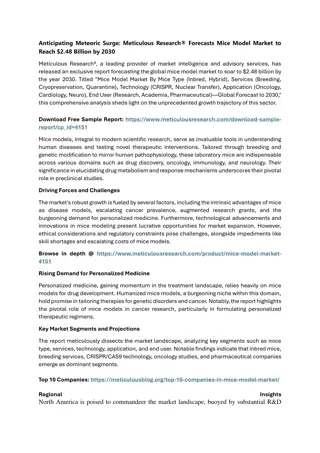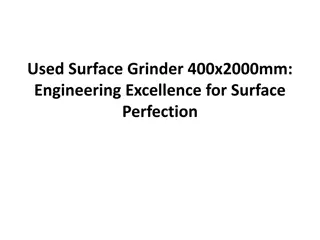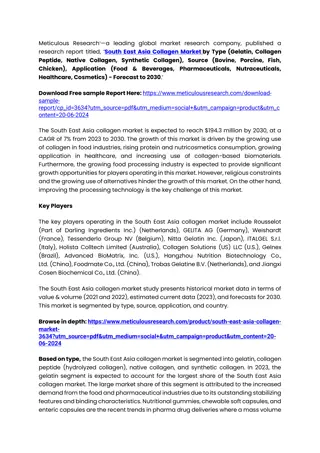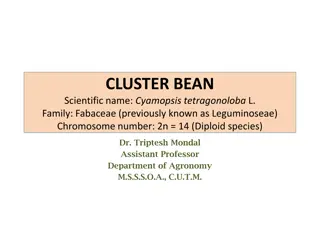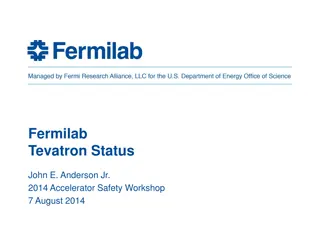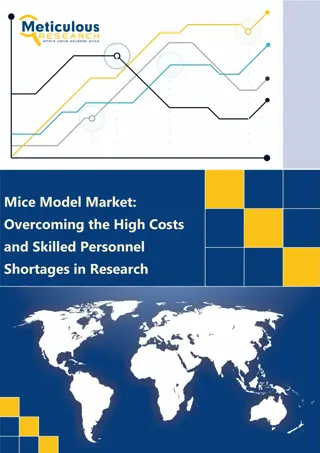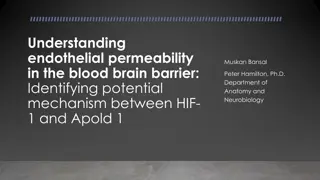CRISPR/Cas9 is currently used extensively to,
CRISPR/Cas9 is extensively used for gene knockout, mutation, and gene repair. This technology holds promise in correcting dysfunctional genes in humans, as demonstrated in recent studies like repairing the sickle mutation in hematopoietic stem cells. While CRISPR offers exciting possibilities, caution is advised due to potential off-target effects and ethical considerations regarding germline alterations.
Download Presentation

Please find below an Image/Link to download the presentation.
The content on the website is provided AS IS for your information and personal use only. It may not be sold, licensed, or shared on other websites without obtaining consent from the author.If you encounter any issues during the download, it is possible that the publisher has removed the file from their server.
You are allowed to download the files provided on this website for personal or commercial use, subject to the condition that they are used lawfully. All files are the property of their respective owners.
The content on the website is provided AS IS for your information and personal use only. It may not be sold, licensed, or shared on other websites without obtaining consent from the author.
E N D
Presentation Transcript
CRISPR/Cas9 is currently used extensively to, knock out gene, or mutate part of a gene to study the function insert genes or gene fragments Ex. Reporter genes Ex. Introduce regulatory sequence to alter expression modify or repair genes To substitute mutated, disease-causing region of gene with a wild type copy 1
CRISPR holds great potential for correcting dysfunctional genes in humans 2
Recent example of the use of CRISPR to repair mutation: Selection-free genome editing of the sickle mutation in human adult hematopoietic stem/progenitor cells DeWittet al, Science Translational Medicine 12 Oct 2016 Sickle cell disease is a genetic disorder caused by a mutation in one of the hemoglobin genes, which causes deformation of red blood cells and results in occlusion of blood vessels, severe pain crises, and progressive organ injury. To correct the mutation that causes this disease, DeWitt et al. modified hematopoietic stem cells from sickle cell disease patients using a CRISPR/Cas9 gene editing approach. The authors showed that the corrected cells successfully engrafted in a mouse model and produced enough normal hemoglobin to have a potential clinical benefit in the setting of sickle cell disease. 3
Cautions Some reports of off-target effects Somatic gene alterations, including repair to wild type, are considered ethical As yet, most consider germline alterations to be unethical (subject of debate)
